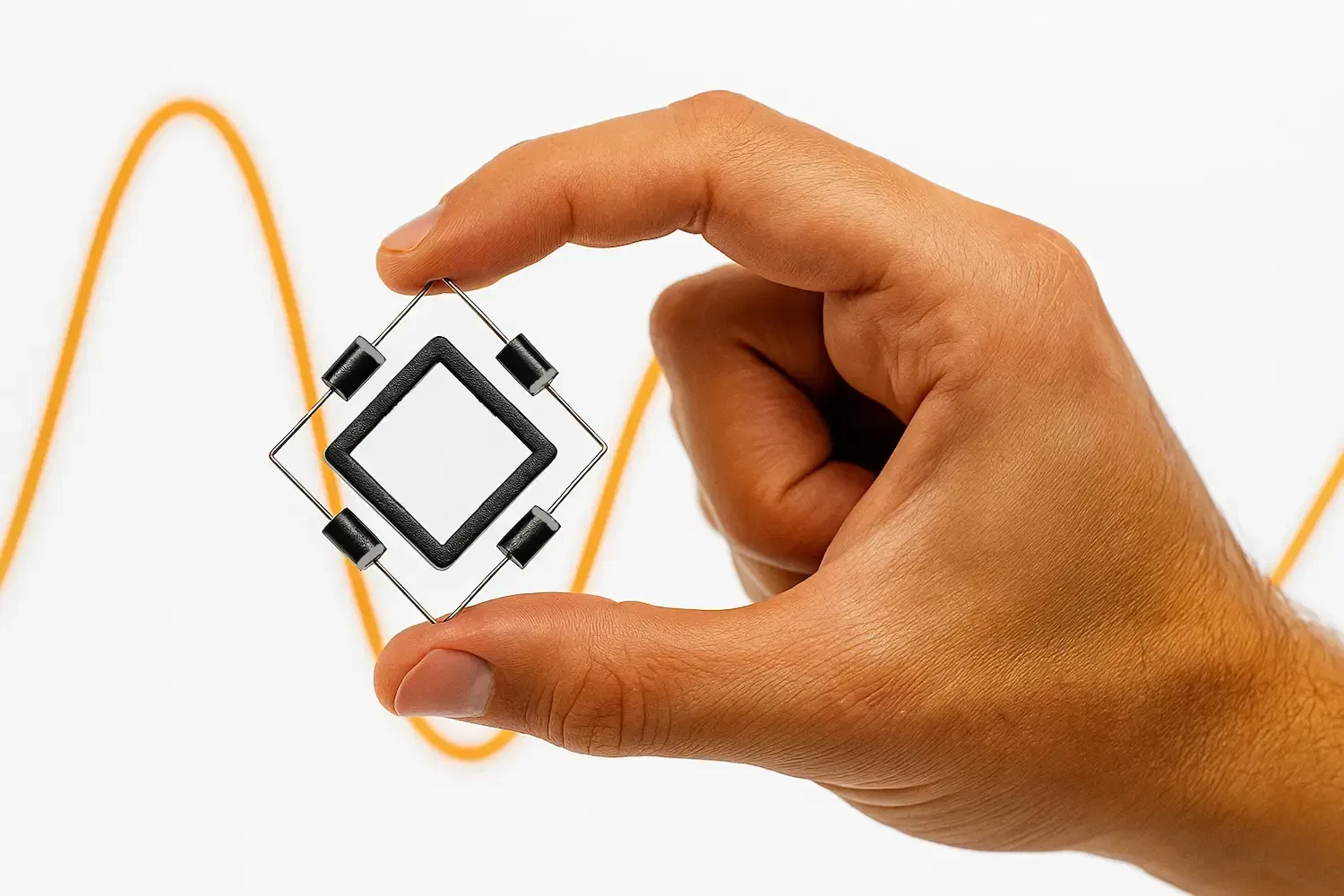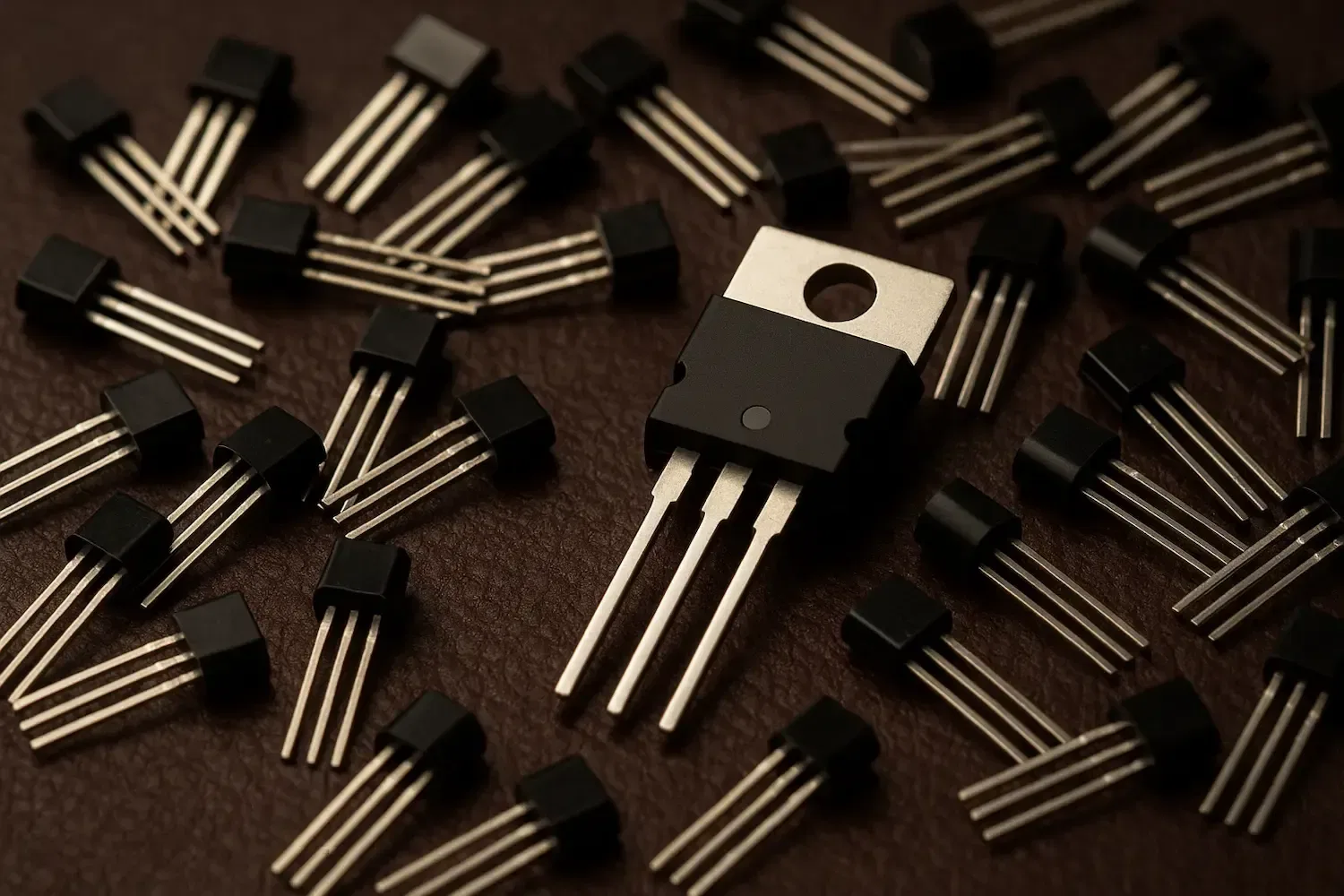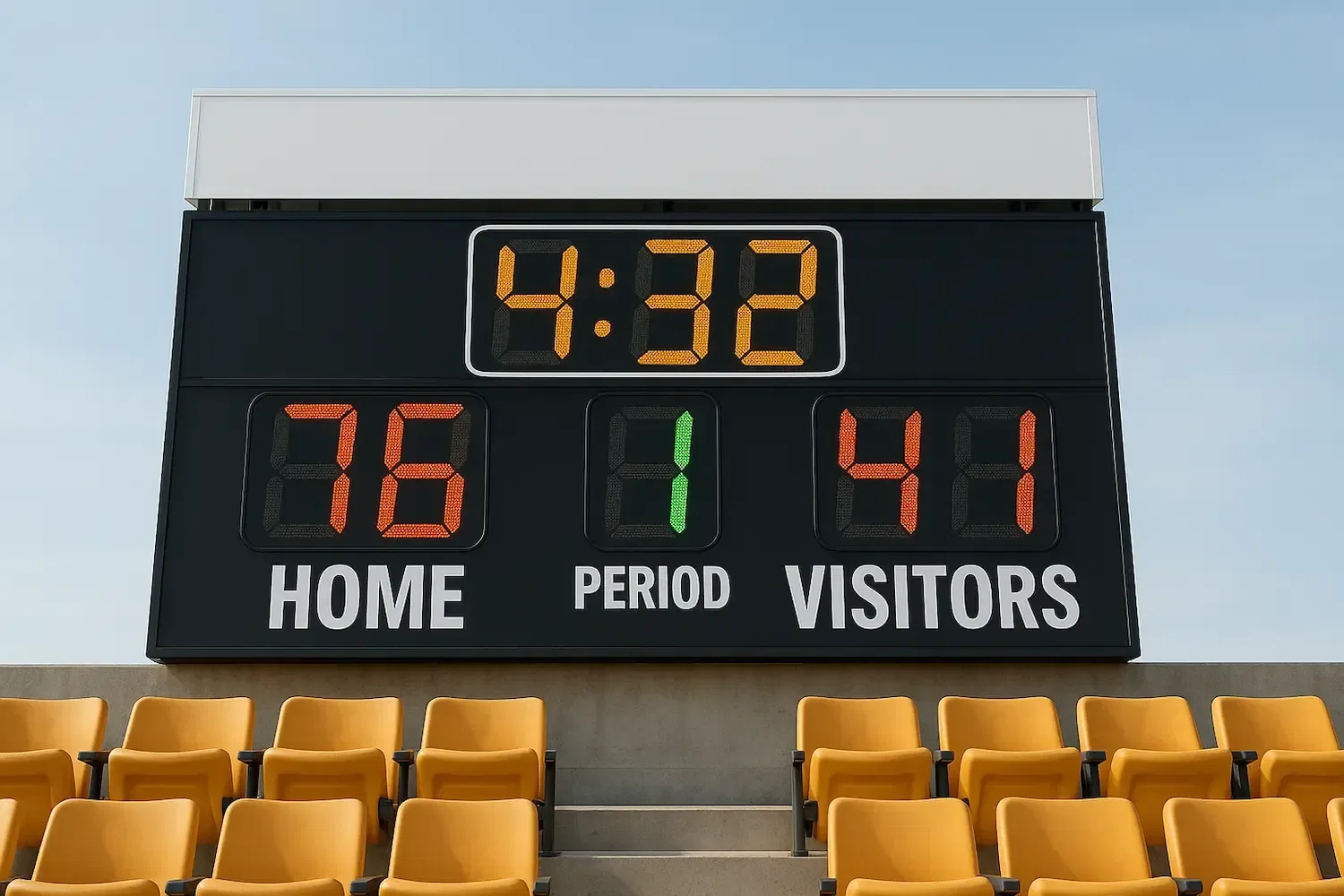Coupling Capacitors

Understanding Coupling Capacitors in Electronics
Why They're Used, What Happens If You Skip Them, and Practical Design Tips
1. Introduction
In many analog and digital circuits—especially in audio, signal processing, and communication systems—coupling capacitors play an essential role. You might have seen them placed between amplifier stages or at a circuit's input or output.
But why are they there? What exactly do they do? And can a circuit function without them?
This article answers these questions with practical insights and real-world examples.
2. What Is a Coupling Capacitor?
A coupling capacitor is a capacitor placed between two circuit stages to allow AC signals to pass while blocking DC components. Its main role is to isolate the DC bias of one stage from the next while allowing the desired signal to continue through.
Main Function:
- Blocks DC voltage
- Passes AC signals
Imagine two amplifier stages. The first might operate at a 2V DC bias and the second at 0V. Without a coupling capacitor, connecting them directly could disturb their operating points and potentially damage one or both stages.

3. Why Do We Use Them?
Here’s why coupling capacitors are added to circuits:
- DC Isolation: Prevents DC voltages from interfering between circuit stages.
- Bias Protection: Maintains each stage’s DC bias independently.
- Signal Integrity: Ensures the AC signal passes without added DC offset.
- Safety and Compatibility: Protects sensitive components that expect 0V DC at their inputs.
4. What Happens If You Don’t Use a Coupling Capacitor?
Omitting a coupling capacitor can lead to several issues:
- DC Bias Interference: Interconnected stages may pull each other’s bias levels off target.
- Increased Power Consumption: Unwanted DC currents may flow between stages.
- Component Damage: If a stage expects 0V DC at its input and receives a higher voltage, it could be damaged.
- Distorted Output: Signals (like audio) may become clipped or offset.
In short, if your design requires DC isolation between stages, not using a coupling capacitor can result in instability, distortion, or hardware failure.
5. How to Choose the Right Coupling Capacitor
When selecting a coupling capacitor, consider the following:
Capacitance Value
The value should be large enough to pass the lowest frequency of your signal without attenuation.
A basic formula for estimating this is:
Where:
- fc= cutoff frequency (should be lower than your signal frequency)
- R = input resistance of the next stage
- C = capacitor value
In audio circuits (20 Hz to 20 kHz), capacitor values between 0.1 µF and 10 µF are common.
Voltage Rating
Choose a capacitor rated for a voltage higher than the maximum expected DC in the circuit.
Capacitor Type
- Film capacitors: Good for audio circuits due to low distortion.
- Electrolytic capacitors: Suitable for larger values, but polarized—correct orientation is essential.
- Ceramic capacitors: Small and affordable, but may add noise in sensitive analog paths.

6. Real-World Examples
- Audio Amplifiers: Coupling capacitors are placed between amplifier stages to preserve DC bias and pass the signal.
- Microphone Inputs: A capacitor blocks any DC voltage and allows only the voice signal to pass.
- Op-Amp Circuits: Often used when linking op-amps with different DC levels between stages.
7. Practical Tips and Considerations
- Mind the polarity: For polarised capacitors, such as electrolytic, the positive terminal must face the higher voltage side.
- Check the signal: Use a multimeter or oscilloscope to confirm that AC is passing and DC is blocked.
- Avoid over design: Using a much larger capacitor than necessary adds size and cost without benefit.
8. Summary
Coupling capacitors are simple yet vital components in analog and signal-processing circuits. They ensure that AC signals are passed cleanly from one stage to the next without allowing DC voltage to interfere with proper operation.
If you're building or analysing circuits involving signals—especially in audio, sensor inputs, or RF—understanding and applying coupling capacitors correctly is essential for a stable and effective design.








